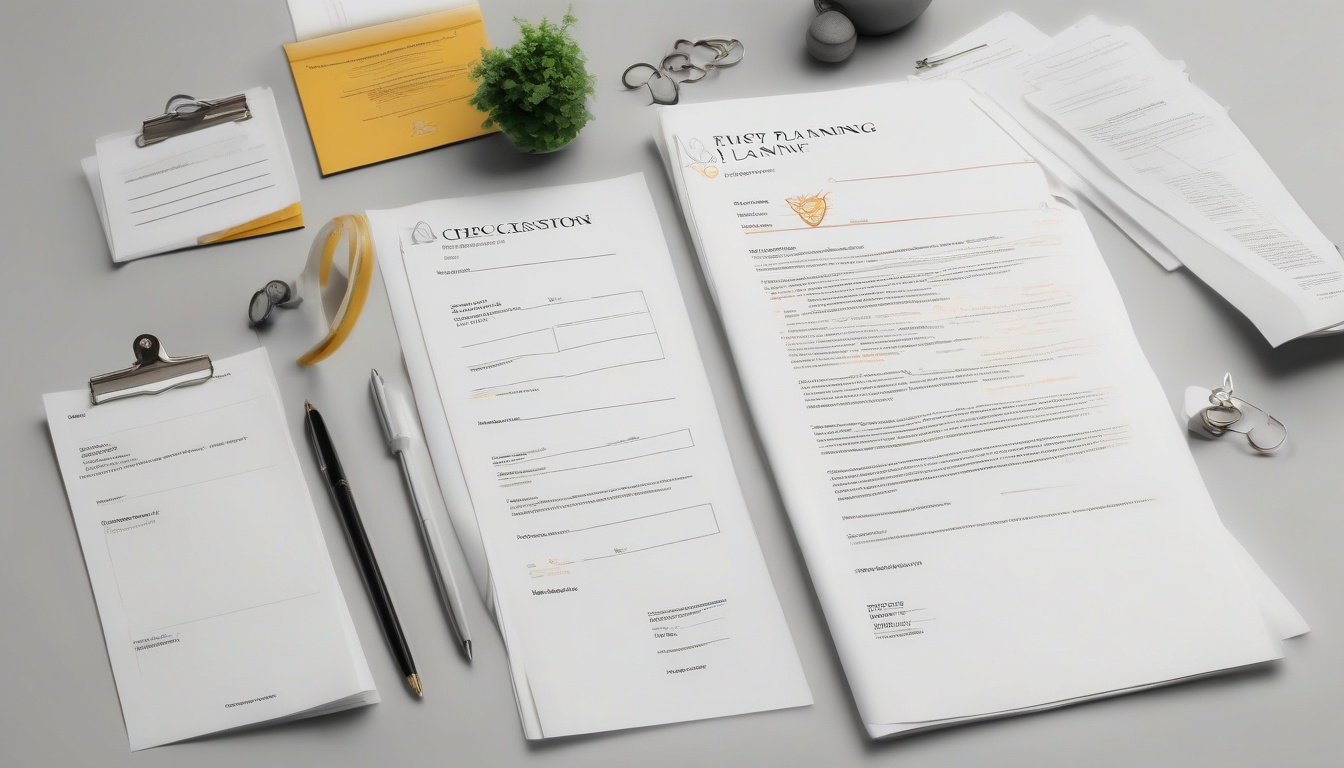Losing a loved one hurts the heart. It also adds pressure when handling estate settlement. Estate settlement means you work through legal and admin tasks to move a deceased person’s assets to the proper heirs. This process makes sure the decedent’s wishes come through even when delays or issues occur. Whether you serve as an executor, beneficiary, or family member, knowing the steps makes the journey smoother.
What Is Estate Settlement?
Estate settlement means you check a will (if there is one), pay debts and taxes, and then share left assets with beneficiaries. It makes sure you meet legal rules and helps the probate run without trouble. Local laws, estate complexity, and whether a will exists or the person died without one (intestate) all affect the steps you need to follow.
In this article, we look at the main steps in estate settlement. You gain simple tips to manage the task with care.
Understanding the Importance of Estate Settlement
Settling an estate fast is key for many reasons:
• It meets state and federal law rules.
• It gives clear peace of mind to beneficiaries.
• It helps assets pass on properly and cuts the chance of fights.
• It may stop legal issues or delays that cost more.
Now, let us go through the step-by-step process to help you handle estate settlement well.
Step 1: Locate and Secure Important Documents
Begin by collecting key papers. You need:
- The original will or trust papers
- A death certificate
- Real estate titles and deeds
- Bank and investment statements
- Life insurance policies
- Tax returns and finance records
Hold these papers tight. They build the base for every next step.
Step 2: Notify Relevant Parties and Authorities
Tell family, beneficiaries, and creditors about the death. Also, inform government groups like the Social Security Administration and the local probate court. A death notice starts probate and helps settle estate bills.
Step 3: Identify and Initiate Probate
If a will exists, it goes to probate. Probate is the legal check of the will and the appointment of an executor. When there is no will, the court names an administrator. This step gives legal power to manage the estate.
Step 4: Inventory and Appraise Assets
List every asset that the decedent owned. Include houses, bank accounts, investments, personal items, and business interests. Get items or properties appraised to set fair values. These clear numbers help with tax works and fair sharing.
Step 5: Pay Debts, Expenses, and Taxes
The estate first pays off all debts, like credit bills, medical bills, and funeral costs. Estate taxes might also apply based on value and local law. This pay-off comes before asset sharing.
Step 6: Distribute Assets According to the Will or State Law
After debts and taxes are paid, the executor or administrator shares the remaining assets. Follow the will if one is valid. If not, use state rules that usually favor spouses, children, or other close kin.
Step 7: Close the Estate
Once assets are shared and all steps done, the estate closes. The court gives a final decree. The person in charge now has met all duties.
Common Challenges and How to Avoid Them
Even when steps seem clear, problems can still arise. They include:
- Fights among beneficiaries
- Missing documents or wrong appraisals
- Unpaid debts or taxes that delay sharing
- Probate slowdowns because of a busy court
To cut these issues:
• Keep clear, organized records from the start.
• Ask legal experts for help early.
• Talk openly with everyone involved.
• Use estate planning tools like trusts to sometimes bypass probate.
Key Benefits of a Well-Managed Estate Settlement
Doing estate settlement with care brings several wins:
- Assets pass to heirs much faster.
- Fewer legal battles and delays occur.
- You meet tax rules more clearly.
- Family members feel more at peace.
Estate settlement may seem complex. Knowing the steps lets you work through it with care. Good estate attorneys and financial advisors can lift the weight off your shoulders and help you meet all legal and money rules.

Frequently Asked Questions (FAQs)
Q1: What is the primary purpose of estate settlement?
A1: The main goal is to legally check the decedent’s will (if any), pay all debts and taxes, and share the rest of the assets with the right beneficiaries. This respects the decedent’s wishes and meets legal rules.
Q2: How long does estate settlement typically take?
A2: The time needed depends on the estate’s size, local laws, and court work. It might take from several months to a year or even longer.
Q3: Can estate settlement be avoided through estate planning?
A3: Yes, tools like trusts, joint ownership, and payable-on-death accounts can help skip or ease estate settlement. This can cut down time and costs.
Sources:
For in-depth legal tips on estate settlement, check out resources like the American Bar Association’s estate planning section.
Conclusion: Take Action to Ensure a Smooth Estate Settlement
Estate settlement can feel hard. But if you know the steps, you can deal with it more simply and with less stress. Start by keeping all key documents safe. Get professional advice when needed. And talk openly with family and beneficiaries. Good estate settlement honors your loved one’s wishes and gives your family peace. Do not wait—take clear steps now for a smooth and steady estate settlement process.
Author: Doyle Weaver, Attorney at Law
Home | Estate Planning | Personal Injury | Hill Country Lawyer | Terms of Service | Privacy Policy
© 2025 Digital Law Firm, P.C.
Disclaimer: The content provided in this blog is for educational and informational purposes only. It is not intended to constitute legal advice or establish an attorney-client relationship. The information presented does not address individual circumstances and should not be relied upon as a substitute for professional legal counsel. Always consult a qualified attorney for advice regarding your specific legal situation. The author and publisher are not liable for any actions taken based on the content of this blog.

Leave a Reply